The Truth About Bamboo Harvesting: Is It Really Green?
Dec 3, 2025, 9:20 AM
Bamboo flooring has been marketed as a sustainable, eco-friendly alternative to traditional hardwood flooring. With its rapid growth rate, renewability, and natural aesthetic appeal, it’s easy to see why bamboo has become a go-to choice for environmentally conscious consumers. But behind the clean lines and warm tones of bamboo planks lies a more complex story — one that begins in rural plantations and ends in high-tech manufacturing facilities. As a flooring factory technologist, I’ve seen firsthand what goes into making bamboo flooring, and it’s worth asking: how green is it, really?
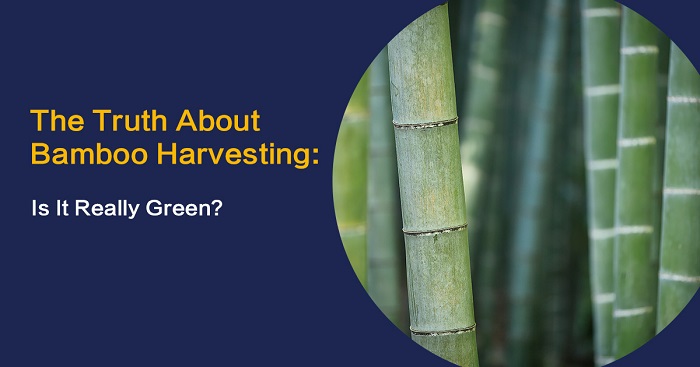
The Bamboo Plant: Fast-Growing, But Not Without Consequence
Bamboo is technically a grass, not a tree, which means it grows incredibly fast — some species can grow up to 3 feet in a single day. Most commercial bamboo comes from China, particularly the species Phyllostachys edulis (commonly called Moso bamboo). It can be harvested every 4–6 years without killing the plant, making it seem far more sustainable than oak or maple, which can take decades to mature.
However, the sustainability of bamboo harvesting depends heavily on how and where it's done. In some regions, forests are cleared to make way for bamboo plantations, disrupting ecosystems and reducing biodiversity. Additionally, monoculture farming — where only one species is cultivated — can deplete soil nutrients and increase vulnerability to pests and disease.
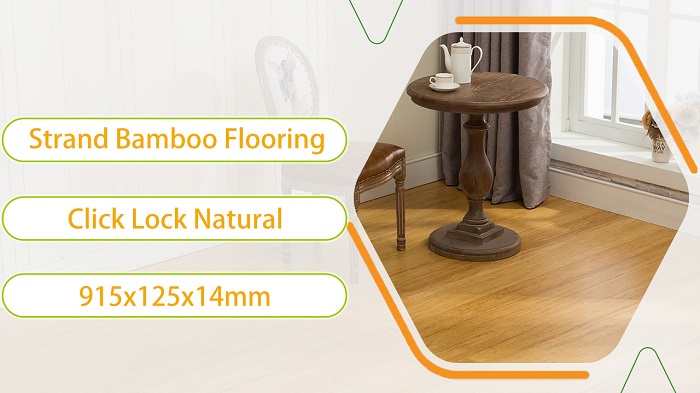
When bamboo is cultivated responsibly, using organic farming methods and preserving wild habitats, it can be a much better choice for flooring. But not all bamboo is harvested equally. Certification systems like FSC (Forest Stewardship Council) help identify bamboo that has been grown and harvested using environmentally sound practices.
From Pole to Plank: The Manufacturing Process
Once harvested, bamboo poles are transported to processing facilities where they are cut into strips, boiled, dried, and pressed into flooring boards. There are two main types of bamboo flooring:
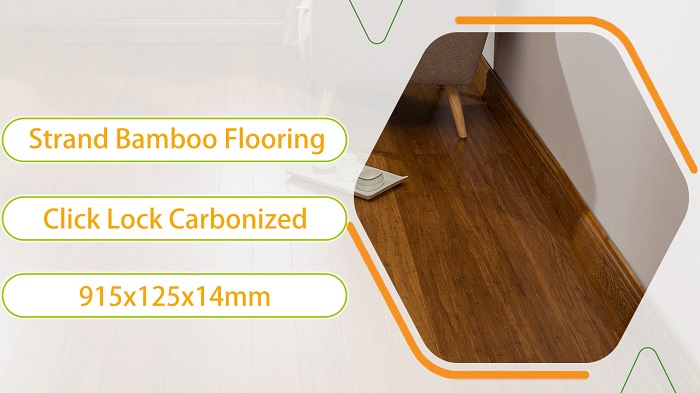
- Horizontal and vertical grain bamboo – These are made by gluing strips of bamboo together in layers, showcasing the natural grain.
- Strand-woven bamboo – This involves shredding the bamboo fibers, mixing them with adhesive, and compressing them under extreme pressure to form dense, durable boards.
- Strand-woven bamboo is much harder and more stable than traditional bamboo flooring, making it a better choice for high-traffic areas. However, the intense processing comes with a cost: more energy consumption and higher use of adhesives.
Adhesives and Formaldehyde: What's in the Glue?
One of the most controversial aspects of bamboo flooring is the glue used during manufacturing. Adhesives are necessary to bind the bamboo strips or fibers into a solid plank, but they often contain formaldehyde, a volatile organic compound (VOC) that can off-gas into indoor spaces.
In the past, many bamboo floors used urea-formaldehyde glue, which has been linked to health risks like respiratory irritation and even cancer. Thankfully, the industry has shifted toward safer alternatives, such as phenol-formaldehyde (less volatile) or formaldehyde-free adhesives like EPI (emulsion polymer isocyanate) and MDI (methylenediphenyl diisocyanate).
Look for bamboo flooring products that are CARB Phase 2 compliant or meet European E1 or E0 formaldehyde emission standards. These certifications indicate much lower levels of off-gassing and better indoor air quality.
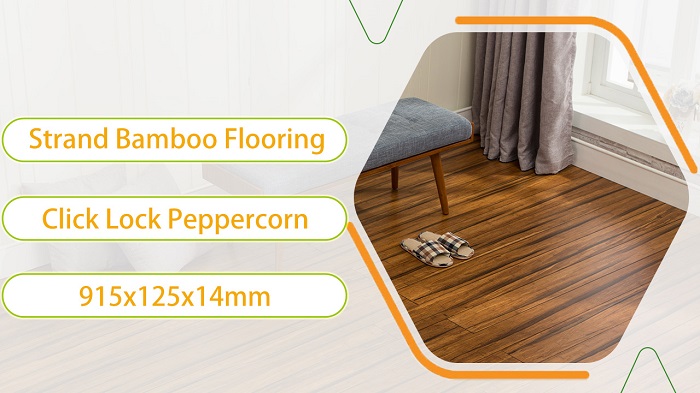
Lacquer and Finish: The Final Layer
After adhesive bonding and pressing, bamboo flooring is sanded and coated with protective finishes. These finishes include polyurethane, UV-cured acrylics, and water-based lacquers. The choice of lacquer affects not only the floor’s appearance and durability but also its environmental and health profile.
High-quality water-based finishes emit fewer VOCs and are preferred for greener flooring options. However, cheaper products sometimes use solvent-based finishes that release more harmful chemicals into the air during application and over time. Some manufacturers apply up to 10 coats of UV-cured finish to enhance durability and scratch resistance. The curing process uses ultraviolet light to harden the finish quickly, reducing VOC emissions and energy use compared to traditional oven curing.
Quality Control: Not All Bamboo Floors Are Equal
As a technologist, one of the most important parts of the process I oversee is quality control. Even with the same raw material, different factories produce vastly different results. The strength, stability, and longevity of bamboo flooring depend heavily on production standards.
Key quality control checks include:
- Moisture content – Bamboo must be dried to specific moisture levels to prevent warping or cracking.
- Adhesive application – Proper adhesive distribution ensures structural integrity.
- Pressing pressure and temperature – These parameters must be tightly controlled to create a dense, durable product.
- Hardness testing – Especially for strand-woven bamboo, Janka hardness tests are performed to ensure durability.
- Surface finish testing – The lacquer's adhesion, abrasion resistance, and gloss level are all measured.
Poorly manufactured bamboo flooring may look fine at first but can delaminate, swell, or release VOCs over time. Always choose flooring from reputable manufacturers with transparent quality assurance practices.
So, Is Bamboo Flooring Really Green?
It depends. Bamboo has the potential to be a sustainable and eco-friendly flooring option, but only when responsibly harvested, carefully manufactured, and finished using safe materials. The green image of bamboo sometimes glosses over the nuances of industrial processing, adhesive chemistry, and environmental trade-offs.
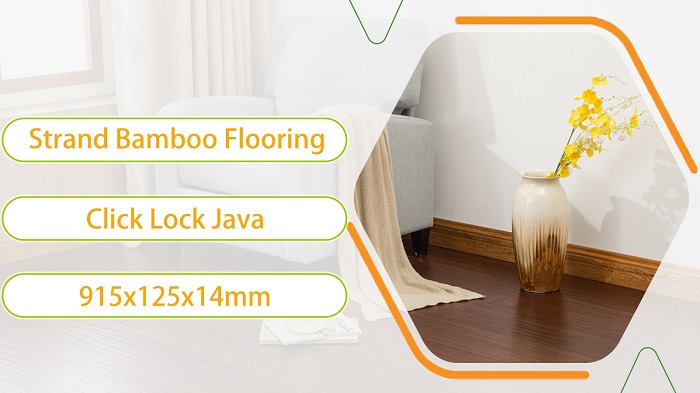
Consumers looking for truly green bamboo flooring should ask questions:
- Is the bamboo FSC certified?
- What adhesives are used?
- What are the formaldehyde emission levels?
- What type of finish is applied?
- Is the product independently tested for quality?
Bamboo can be a wise environmental choice, but not all bamboo flooring is created equal. The truth lies in the details — and those details matter more than ever in a world searching for sustainable solutions.

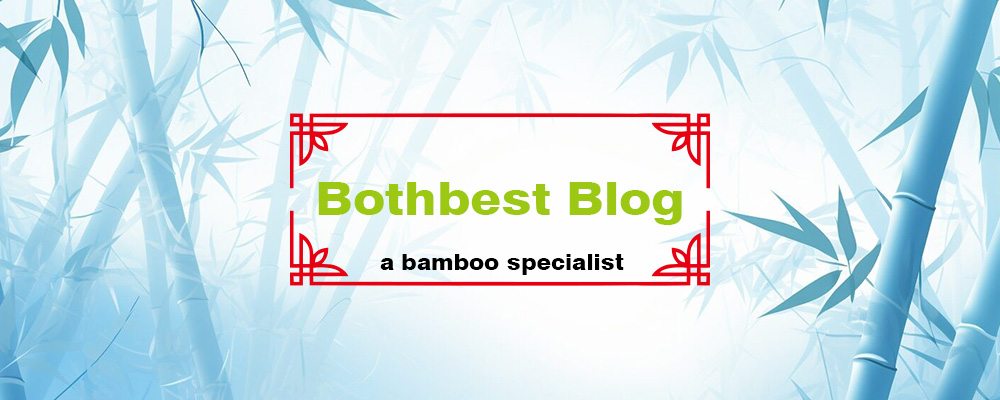
 皖公网安备 34180202000049号
皖公网安备 34180202000049号